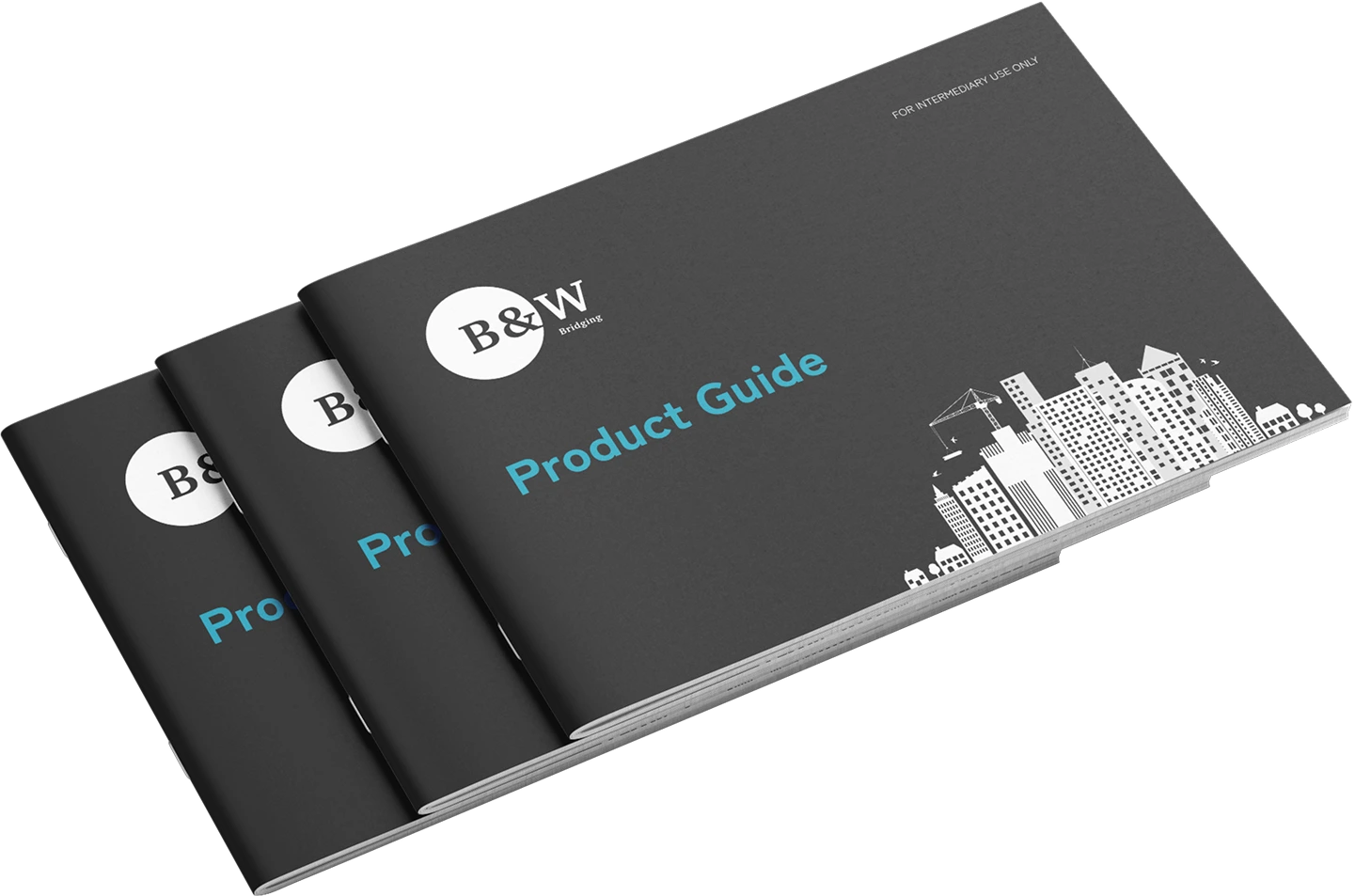Unmortgageable properties?
Firstly, what makes a property unmortgageable ? Before we delve into how bridging can help you secure these properties, let’s first define what makes a property unmortgageable . Each lender will have varying criteria but the general rule of thumb is that the following are unlikely to secure conventional long-term finance at the outset. Properties that are derelict or where part of the building is in severe disrepair/needs demolishing. Properties without a kitchen or bathroom. Properties with structural defects such as damp, dry or wet rot. Properties close to mining works, areas of landfill, areas of recent flooding or subsidence. Properties of non-standard construction. Standard construction has brick or stone walls with a roof made of slate or tile, so anything that differs from this will be classed as Non-Standard. Where there are boundary disputes or where planning applications have not been applied for correctly.
The important stuff...


Download our product guide



.webp)
.webp)










